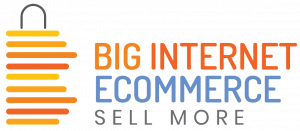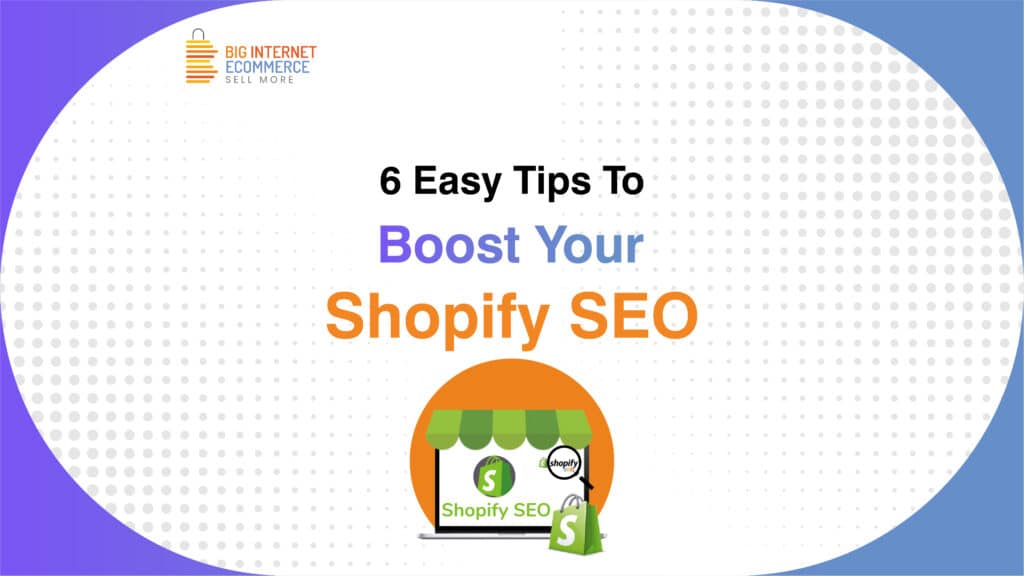Shopify Optimization Services: The Key to eCommerce Success
In today’s competitive eCommerce world, having a Shopify store is just the first step toward growing your business. The real challenge lies in optimizing your Shopify store for speed, SEO, and overall performance. Let’s dive into what Shopify optimization really means and explore the benefits of enhancing your store for better conversions, higher search rankings, and an improved customer experience. What is Shopify Optimization? Shopify optimization refers to the process of improving various aspects of your online store, such as speed, SEO (Search Engine Optimization), user experience, and mobile responsiveness. By fine-tuning your store’s performance, you create a more seamless shopping experience that can drive sales and boost your search engine visibility. The goal of optimization is to ensure your store runs smoothly and is easily discoverable by potential customers. It includes a wide range of techniques from technical improvements like image compression and page speed enhancements to strategic optimizations like keyword research and content creation. Why is Shopify Optimization Crucial for eCommerce? In eCommerce, speed, usability, and discoverability are critical. A well-optimized Shopify store does more than just load fast—it provides a great user experience, increases your visibility in search engines, and ultimately drives conversions. Here’s why optimization is essential: Better User Experience (UX): Slow websites frustrate users. Research shows that 53% of users abandon a page if it takes more than 3 seconds to load. Optimizing your store ensures customers can browse and buy without interruptions. Higher Conversions: A fast, optimized store makes it easier for customers to navigate and purchase, directly improving your sales and reducing cart abandonment rates. Improved SEO: Google prioritizes websites that offer great UX and fast load times. Optimization improves your store’s SEO rankings, which helps attract organic traffic and increases your store’s visibility. Scalability: A fully optimized store can handle high traffic volumes without slowing down or crashing, which is vital for handling big sales events or product launches. What are Shopify SEO Services? Shopify SEO services focus on optimizing your store for search engines like Google. This involves fine-tuning both on-page and off-page factors to ensure your store ranks higher in search engine results. Here’s a breakdown of the key SEO services for Shopify: Keyword Research: Understanding what your customers are searching for is crucial. Tools like Semrush and Ahrefs can help identify high-value, relevant keywords that will drive organic traffic to your store. On-Page Optimization: This includes optimizing your product pages, meta titles, meta descriptions, image alt tags, and content to incorporate relevant keywords. Well-optimized pages ensure search engines understand your content and rank it higher for relevant searches. Technical SEO: Ensuring your Shopify store is technically sound is key. This means having clean code, a fast-loading website, a responsive design, and optimized URLs. Shopify SEO services can also address issues like duplicate content or broken links. Backlink Building: SEO services often include strategies for acquiring backlinks from reputable websites. This boosts your site’s authority and helps improve your ranking in search results. Content Creation: Maintaining a blog and publishing high-quality content related to your products helps keep your site fresh and drives organic traffic. Your blog can target specific keywords and give users a reason to stay on your site longer. What Does Optimization Mean in eCommerce? In the context of eCommerce, optimization is about creating a store that is efficient, user-friendly, and discoverable. Here are the three key types of optimization that impact eCommerce success: Speed OptimizationSpeed optimization involves making sure your Shopify store loads as quickly as possible. This includes reducing the size of images, minimizing code, using faster hosting services, and eliminating unnecessary apps. A fast-loading site not only improves user experience but also helps with SEO rankings. Google prioritizes fast sites in search results, so a slow-loading store can hurt both user engagement and visibility. Conversion Rate Optimization (CRO)CRO is about increasing the percentage of visitors who complete a desired action, like making a purchase or signing up for a newsletter. This involves optimizing elements such as product descriptions, checkout processes, and calls to action. CRO techniques include A/B testing, improving site navigation, and adding trust signals like customer reviews and testimonials. SEO OptimizationSEO optimization ensures your store ranks well in search engines. This requires keyword research, optimizing product pages, building backlinks, and ensuring your site is technically sound. With the right SEO strategies, your store will be easier to find, attracting more visitors and driving sales. How Shopify Speed Optimization Drives Results Now that you understand the importance of speed optimization, let’s explore some strategies you can implement to improve your Shopify store’s speed: Optimize Images: Large images can slow down your site. Use tools like TinyPNG or Shopify’s built-in image compression features to reduce file sizes without compromising quality. Remove Unnecessary Apps: Every app you install adds extra code to your site, which can slow it down. Remove apps that you’re not using, and make sure any remaining apps are optimized for speed. Minimize Code: Compress your CSS, JavaScript, and HTML files. By minifying your code, you reduce the file sizes and speed up your site. Use System Fonts: Fancy web fonts can take time to load. Stick with system fonts like Arial or Helvetica to improve load times. Leverage Browser Caching: Enable browser caching so that returning visitors don’t have to reload the entire site from scratch. This improves load times for repeat customers. Optimize for Mobile: Mobile traffic is on the rise, and optimizing your site for mobile devices ensures a smooth experience across different screen sizes. Additional Tips to Improve Your Shopify Store’s Performance Use a Content Delivery Network (CDN): A CDN like Cloudflare can speed up your website by caching content and delivering it from servers located closer to your customers. Host Videos Externally: Uploading large video files directly to your Shopify store can slow it down. Use external platforms like YouTube or Vimeo to host videos and embed them in your store. Keep the Theme Lightweight: Choose a lightweight Shopify theme designed for speed. Avoid themes with
Shopify Optimization Services: The Key to eCommerce Success Read More »



